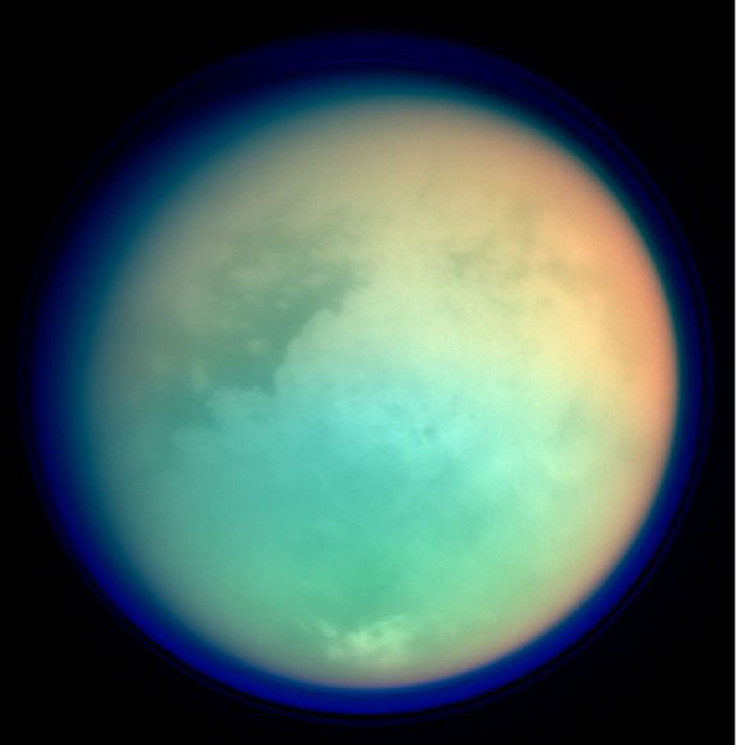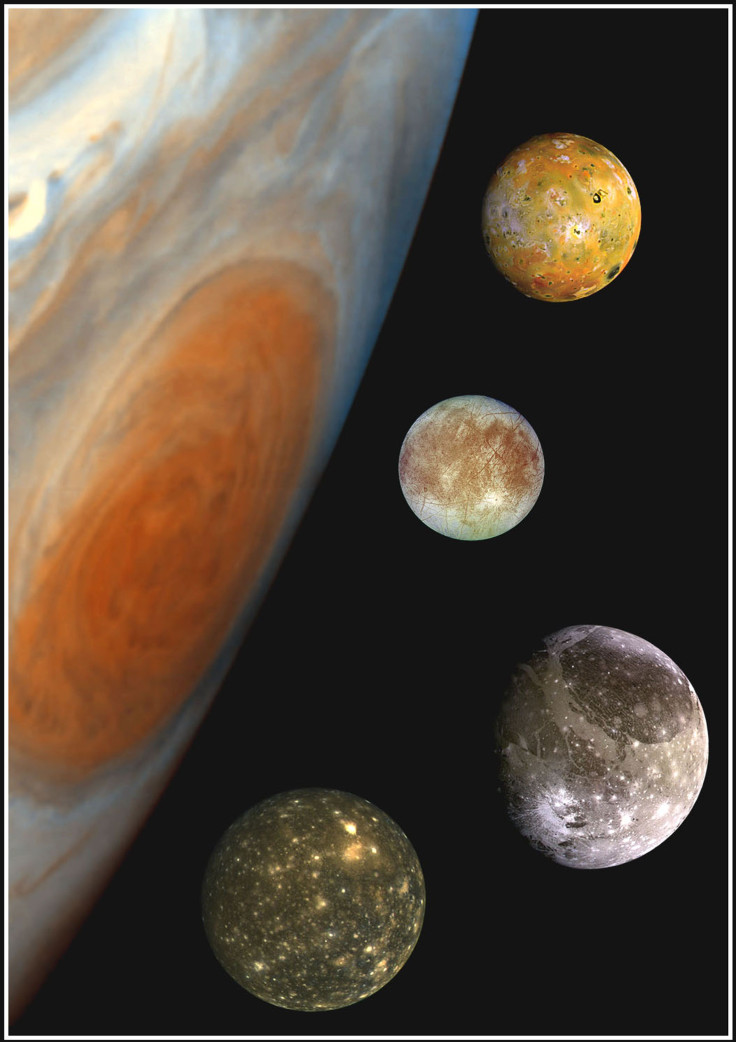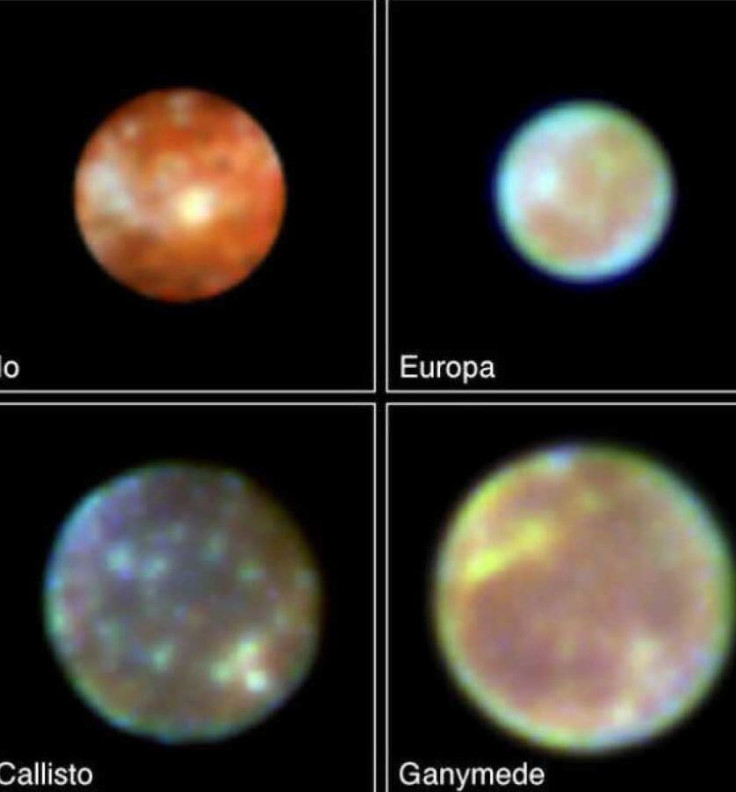5 Icy Water Worlds That Could Potentially Host Alien Life [PHOTOS]

The search for life in other planets and the Moon is still an ongoing process, but mankind has already found some icy water worlds that have enviroments potentially capable of hosting alien life.
Explorations of the Earth's ocean floor have found that some life-forms could survive even in the cold temperatures with the help of heat and nutrients provided by hydrothermal vents. Microbial ecosystems also developed and thrived under the Antarctic ice. Due to these discoveries, scientists speculated that it is possible that life could also exist in other worlds' extreme environments. Here are five icy water worlds which could potentially harbor extraterrestrial life.
Titan
Saturn's moon Titan seems like a good place to colonize on paper as it has many rivers, lakes and oceans. However, what is actually flowing in those bodies is not water, but liquid ethane and methane, according to NASA. Aside from this, Titan's surface temperature also makes it impossible for life to thrive there as it drops to about -292 degrees Fahrenheit (-180 Celsius).
However, some scientists believe that it is still possible for the Saturn moon to host life due its active chemistry. The Earth's methane mostly comes from living organisms, but the source of Titan's methane is still unknown. It has been hypothesized that the methane could be coming from an ocean under the surface where temperatures may be warmer.

Europa
Jupiter's icy moon Europa is believed to have an ocean filled with liquid water that is twice the volume of Earth's oceans combined. Located under a thick surface of ice, the underground ocean may remain liquid despite the icy temperatures of Europa due to tidal heating. Similar to tides on Earth, this comes from Jupiter's gravitational pull. If Europa's ocean exists, it might also have volcanic or hydrothermal activity on the seafloor that could allow life-forms to thrive.
To find out more about the moon, NASA will soon be launching a mission called Europa Clipper to orbit Europa.
Enceladus
At first glance, Enceladus looks too frigid to host life due to its bluish-gray surface. But like Europa, scientists believe Enceladus has a subsurface ocean that may provide an environment for lifeforms to survive.
The moon has also been found to have all the necessary ingredients to form life. On the moon's surface are 100 geysers that spew material from the subsurface ocean up and away from Enceladus. The Cassini probe analyzed the plumes from these geysers and revealed that they contained water, ammonia, salts and organics, molecules that contain carbon, the building block for life on Earth.
Ganymede and Callisto
Europa and Enceladus' fellow Jupiter moons, Ganymede and Callisto, are also believed to have liquid oceans under their surface. However, instead of ice, the subsurface seas may be found under at least 60 miles (100 kilometers) of rock.
According to NASA, Jupiter's Ganymede and Callisto are less likely to host life than icy worlds like Enceladus. Nevertheless, the European Space Agency (ESA) is planning a mission to take a look at their subsurface oceans, particularly Ganymede's.

© Copyright IBTimes 2025. All rights reserved.





















